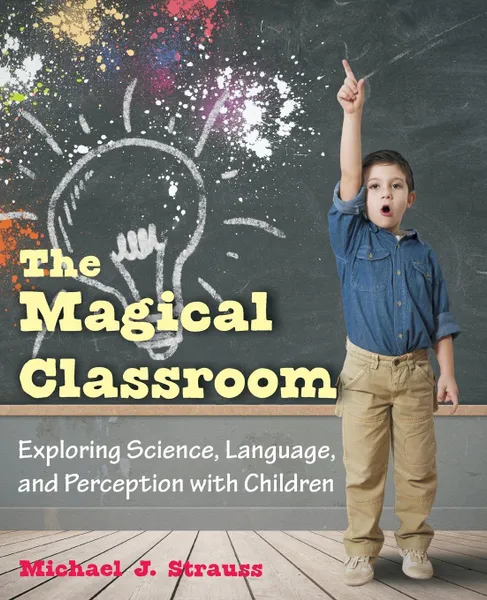The Magical Classroom. Exploring Science, Language, and Perception with Children 12+
Автор: Michael J. Strauss
2013
150 страниц
Категория: Психология
ISBN: 9781612332635
Язык: Английский
📙 Imagine amazing your students by sticking a knitting needle through a balloon without popping it. Or bending a spoon completely in half with only the power of your mind. They would think their teacher is a magician! They would want to know how you did it and would start asking questions to understand the strange phenomenon. Abracadabra! You have just actively engaged them in the process of scientific reasoning-close observation, questioning, hypothesizing, experimenting, and coming to a conclusion. You have also shown them how descriptive language can color what they see and don't see.The Magical Classroom is about the science of magic. This book:-provides teachers with clear, step-by-step instructions on how to perform magical effects and illusions-includes detailed drawings to illustrate the effects-explains scientific phenomena behind magic-requires only everyday materials-offers variations and further study of each phenomenon-covers electrical forces, atmospheric pressure, solids, liquids, gases, mass, density, physical properties of giant molecules, and many other physical science topics.The Magical Classroom closely examines how to help children experience and describe the world, how to experiment and ask questions about it, and how to make decisions about what is true and what isn't.
Мнения
